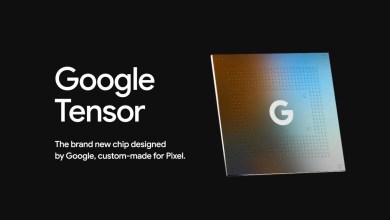REVIEWS
Get the latest Tech reviews and headlines on Samsung Mobile, ♦iPhone mobile, ♦Android mobile, Nokia mobile, BlackBerry Phone news, including analysis, features, and opinion on latest mobiles news stories.
-

Honor X30 mobiles made their debut with a huge display
Honor has finally unveiled the X30 series, consisting of the X30i and X30 Max. The novelties are aimed at fans…
-

Chinese students have sued Apple for failing to include a charger with the iPhone 12.
Last year, Apple removed the wired EarPods from the iPhone’s package and did not provide a charger. According to Vice,…
-

Demonstration video shows Samsung’s new Android 12 interface, One UI 4
They recently held Samsung’s developer conference, SDC 2021, at which many software innovations were unveiled, including the company’s new mobile…
-

Google has joined LG with the promotion of the new Pixel 6
There’s still nothing weird or unique about Google publishing a brand new Pixel 6 ad on YouTube. After all, the…
-

The Samsung Galaxy S22 will be like an iPhone 13 but without a notch
Although the premiere of the Samsung Galaxy S22 series is even further away, it can’t be said that we would…
-

The Sony Xperia Pro-I has got a brutal camera
As we predicted yesterday, today arrived Sony’s new, top-of-the-line mobile phone, primarily designed for photography and video professionals. The Xperia…
-

The new processor for Google Pixel 6 mobiles has been tested
As you know, inside the recently debuted Google Pixel 6 smartphones, the search giant’s proprietary chipset, Tensor, does the calculations. The processor…
-

You may now place an order for the best Linux phone.
According to the manufacturer, the successor to the specialized smartphone, PinePhone Pro, which launched at the end of 2019, can…
-

Official release date of the Redmi Note 11 Series
The brand has posted the date, which will be October 28th, through its Weibo account in the usual way, and…
-

This is how the Redmi K50 looks
It’s unclear when the Redmi K50 versions will be released – assuming there will be more than one, reports regarding…
-

OnePlus Nord CE 5G Review
The OnePlus Nord series in the mid-range also shows what a “Never Settle” mobile is like. The OnePlus Nord CE…
-

A smartphone with a round display is under construction, here is the Cyrcle 2.0
Nowadays, when it comes to form-breaking phones, most are likely to think of bendable devices like the Galaxy Z Fold…
-

Apple was shown that the USB-C port could be used with iPhones
Although the EU has been pressing to use standard connectors for some time, Apple is still unwilling to move to…











